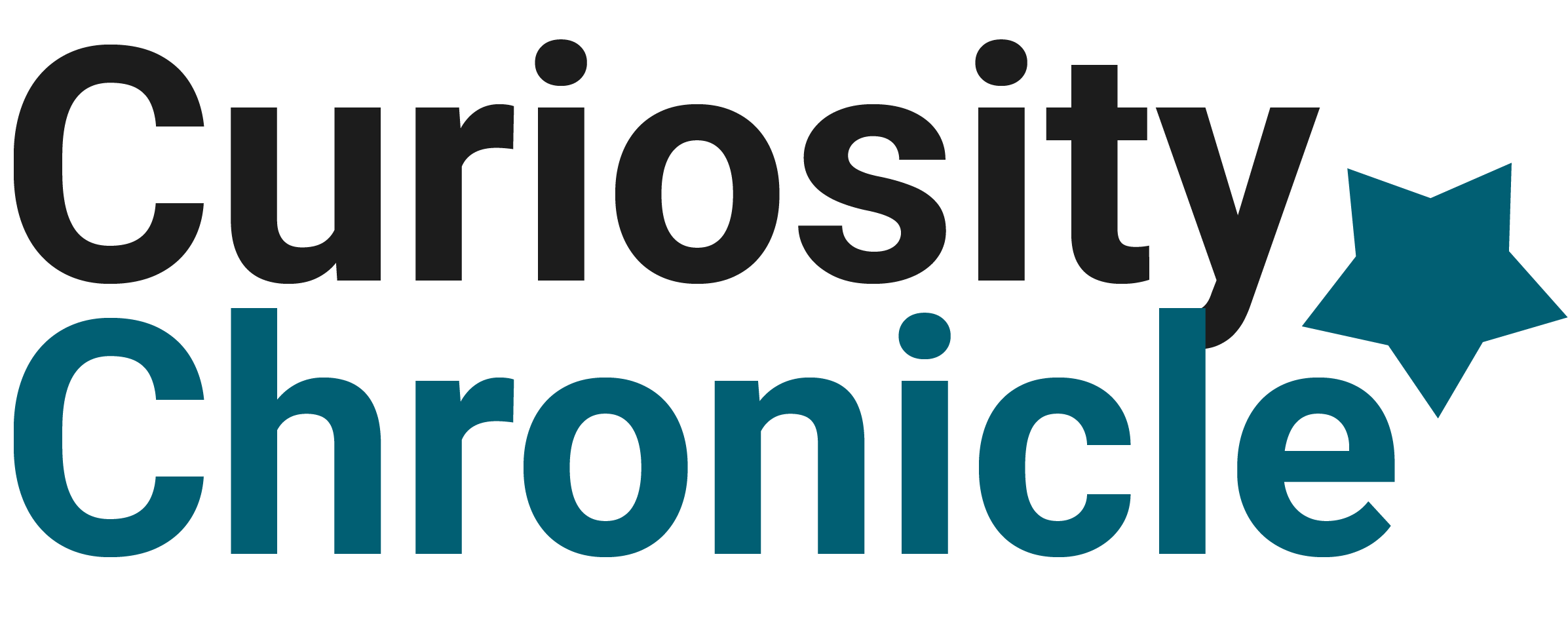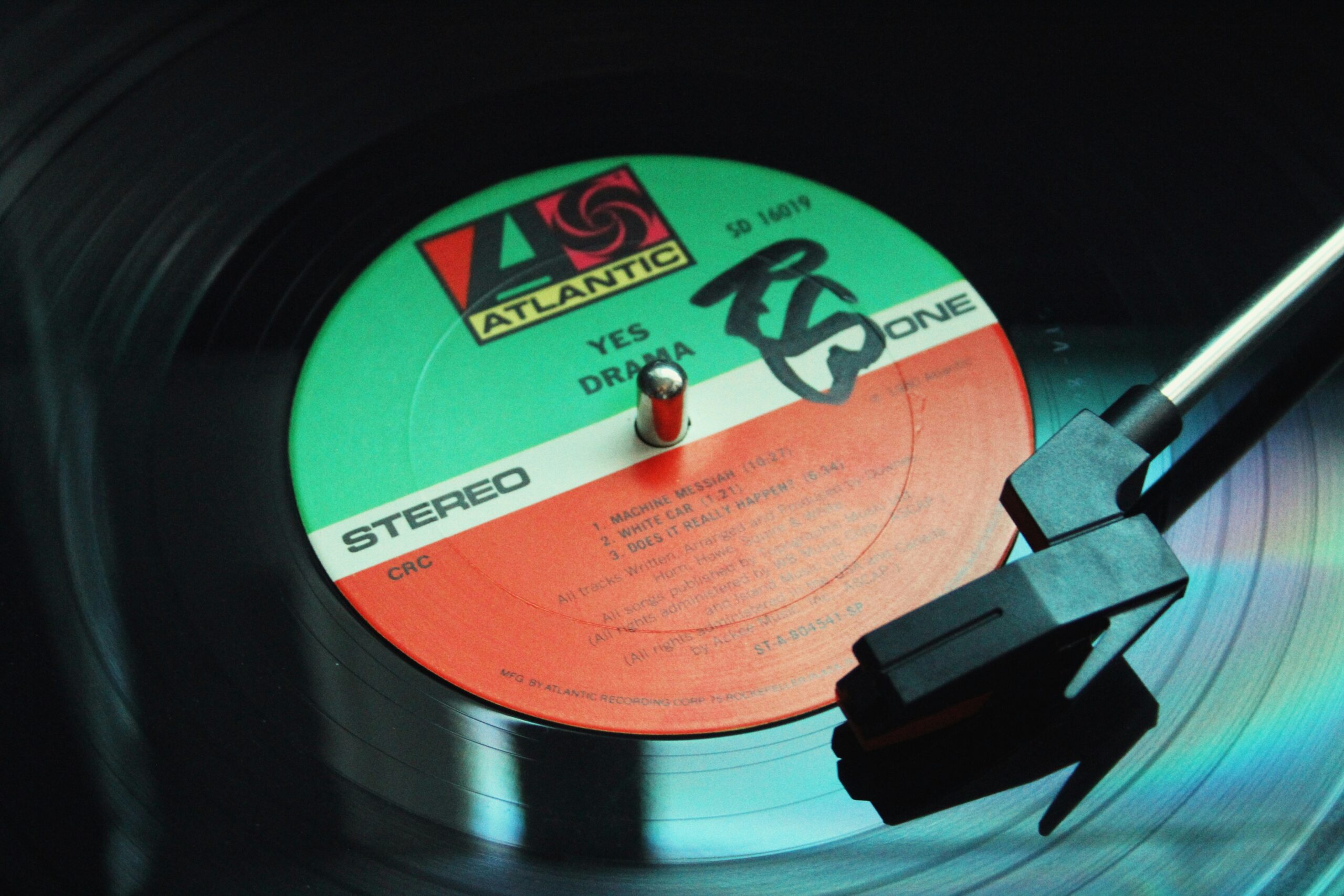Understanding Body Shapes and Dress Styles
When it comes to selecting a wedding dress, understanding your body shape is a pivotal first step. Each body type has its own unique beauty, and the right dress will enhance and celebrate these features. Common body shapes include hourglass, pear, apple, rectangle, and inverted triangle. Each of these shapes can be flattered by specific dress styles.
For instance, the hourglass shape, characterized by a well-defined waist and balanced bust and hips, can be accentuated with mermaid or trumpet styles that highlight curves. Pear-shaped brides, with wider hips and a smaller bust, might find A-line dresses or ball gowns to be flattering as they emphasize the waist and flow over the hips.
Apple-shaped brides, who carry more weight around the midsection, often look stunning in empire waist dresses that draw attention upwards and create a balanced silhouette. Meanwhile, rectangle shapes, where the bust, waist, and hips are relatively uniform, can benefit from dresses that add curves, such as sheath or empire styles.
Finally, those with an inverted triangle shape, broader shoulders, and a narrower waist and hips, can find balance with dresses that add volume to the lower body, such as A-line or ball gowns. Understanding these basics can guide brides towards styles that complement their natural shape, ensuring they feel both comfortable and beautiful on their special day.
Exploring Fabric Choices and Their Impact
The fabric of a wedding dress plays a crucial role in both its appearance and how it complements different body shapes. Fabric choice can affect the flow, structure, and overall feel of the dress. For example, heavier fabrics like satin and taffeta provide structure and are ideal for more formal weddings. These materials can add volume and are often used in ball gowns to create a dramatic effect.
On the other hand, lighter fabrics such as chiffon and organza offer a softer, more ethereal look, perfect for outdoor or beach weddings. These fabrics drape beautifully and can be particularly flattering for those seeking a more relaxed silhouette. Lace, with its intricate patterns, can add texture and elegance, making it a versatile choice for various dress styles.
For brides who desire a sleek and modern look, fabrics like crepe and silk charmeuse offer a smooth finish that hugs the body, enhancing its natural curves. These fabrics are often used in sheath or slip dresses, providing a minimalist yet sophisticated appearance.
When choosing fabric, brides should consider the season and venue of their wedding. Heavier fabrics may be uncomfortable in warmer climates, while lighter fabrics might not provide enough warmth for winter weddings. By understanding the characteristics of different fabrics, brides can select a material that not only complements their body shape but also suits the overall theme and setting of their wedding.
Customizing Your Dress for a Personal Touch
Personalization is a growing trend in bridal fashion, allowing brides to infuse their unique personalities into their wedding attire. Customizing a wedding dress can be as simple as adding a personal touch or as complex as designing a dress from scratch. One of the simplest ways to personalize a dress is through accessories. Adding a belt or sash can define the waist and add a splash of color or sparkle, while a veil or headpiece can complement the dress style and reflect the bride’s taste.
Another customization option is altering the neckline or sleeves. For instance, a strapless dress can be transformed by adding lace sleeves or a beaded neckline, creating a new look that aligns with the bride’s vision. Brides can also consider adding embellishments, such as embroidery or beading, to make the dress truly one-of-a-kind.
For those looking for a more significant transformation, working with a designer to create a custom gown can be an exciting journey. This allows brides to select every detail, from fabric and fit to intricate embellishments, ensuring the dress is a perfect reflection of their style and personality.
Customizing a wedding dress not only enhances its uniqueness but also ensures that it fits perfectly, providing comfort and confidence on the wedding day. Whether through simple alterations or a completely bespoke design, personalization allows brides to wear a dress that is as unique and special as the day itself.





